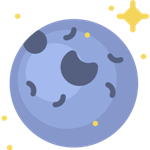Planet Neptune | The Dark Blue Ice Giant
God Of Water And Sea!
Neptune orbits thirty times further from the Sun than Earth, making it the most distant of the 8 known planets! Known as an ‘Ice Giant’ (like Uranus), Neptune has a rocky core surrounded by water and ices. Its atmosphere is composed of hydrogen, helium and methane - giving the planet its distinctive deep blue colour! Despite it being dark and cold in deep space, Neptune isn’t alone as it has six faint rings and 14 moons to keep it company!
Fast Facts About The Deep Blue Planet!
- Discovered: September 23rd, 1846 by Johann Galle & Urbain Le Verrier
- Name Origin: In Roman mythology, Neptune was the god of the sea!
- Size: Diameter of 49,244 km (30,600 miles)
- Planet Rank: 4th Biggest
- Number of Moons: 14 known Moons
- Surface Gravity: Only 1.14g (14% greater than Earth’s gravity!)
- Orbital Radius: 30.1 AU (30 times the Earth-Sun distance)
- Length Of Year: 164.8 years (60,190 days!)
- Rotational period: 16 hours 6 ½ minutes
- Density: 1.64 g/cm3
- Atmosphere: Composed of hydrogen, helium (& some methane)
- Surface Temperature: About -200 °C
Interesting Fun Space Facts About Neptune!
- Neptune is the only planet in our solar system, to date, to be discovered by mathematical prediction. Astronomer Le Verrier predicted where a large planet must exist beyond Uranus to account for an observed gravitational influence on Uranus’ orbit.
- Amazingly, it is believed that Galileo was the first person to record Neptune on a drawing of his in 1612, but thought it was a star! The planet would not be officially discovered for another 234 years!
- Neptune is never visible to the naked eye, so you’ll need a telescope to see the faint blue disk!
- Scientists aren’t entirely sure where and how the ice giant Neptune (and Uranus) formed. It is currently believed it formed closer to the Sun and subsequently migrated outwards into their current orbits.
- Neptune is the most distant of the 8 known planets in our solar system. However, there are more distant ‘dwarf planets’ such as Pluto, Sedna, Makemake, Haumea and Eris.
- The average distance between the Sun and Neptune is 4.5 billion kilometres!!
- Neptune is the smallest of the four gas giant planets and is classed as an ‘Ice Giant’ (along with Uranus) due to its higher proportion of volatile ices.
- Despite being smaller than Uranus, it is actually 18% more massive due to its cooler, denser composition!
- Its mass is 17 times greater than that of the Earth, but because it’s 4 times Earth’s size the ‘surface’ gravity is only 14% greater than Earth’s.
- The planet is believed to have a rocky-iron core, surrounded by water and ammonia with a thick atmosphere of predominately hydrogen (80%), helium (18%) and methane which gives the planet its distinctive deep blue colour!
- The tilt of Neptune’s axis is 28° which is similar to Earth’s (23°) and Mars (25°). As a result, Neptune experiences similar seasonal changes as Earth, but each season lasts for 40 years!
- There are 14 known moons in orbit around Neptune, with its largest Triton, comprising over 99.5% of the mass of all the moons!
- Neptune’s moon Triton is the only large moon in the solar system to have a retrograde orbit, indicating it’s likely a captured dwarf planet from the Kuiper belt.
- The deep blue ice giant has a faint ring system consisting of three main rings called – Adams Ring, Le Verrier Ring and the fainter Galle Ring.
- During the Voyager 2 flyby in 1989, it discovered the strongest wind speeds in the solar system, reaching as high as 2,100 km/h (1,300 mph). The spacecraft also observed a large storm called the – Great Dark Spot – and wispy light-coloured clouds.
- Voyager 2 is still the only space probe to have visited Neptune. It is hoped one day we will send another mission which will enter orbit to study the deep blue ice giant, its rings and 14 moons for several years!
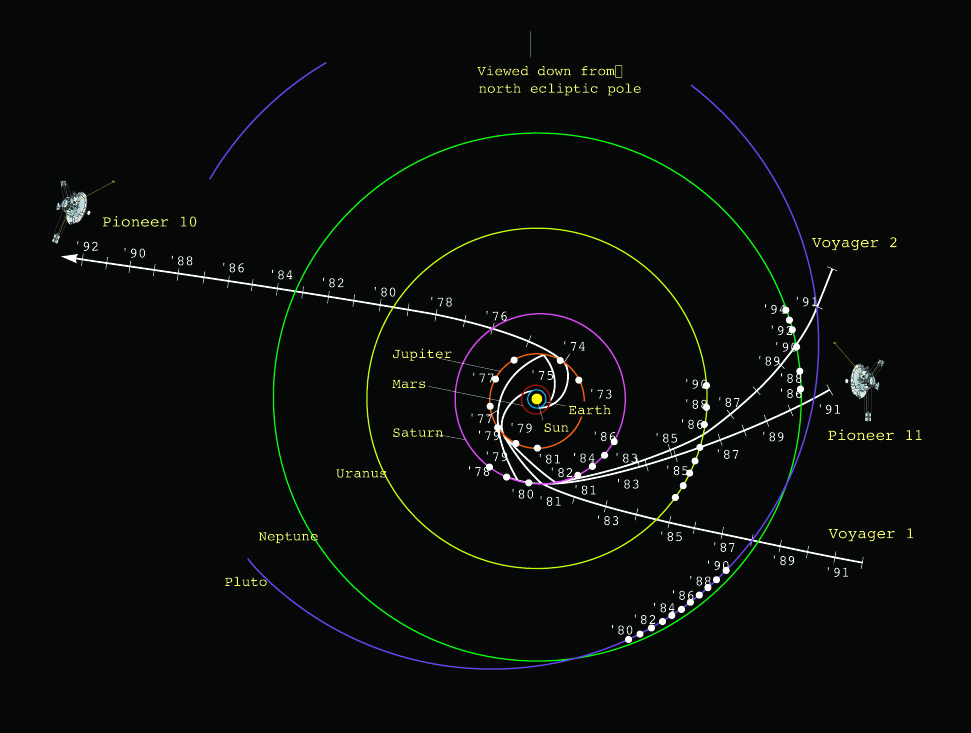
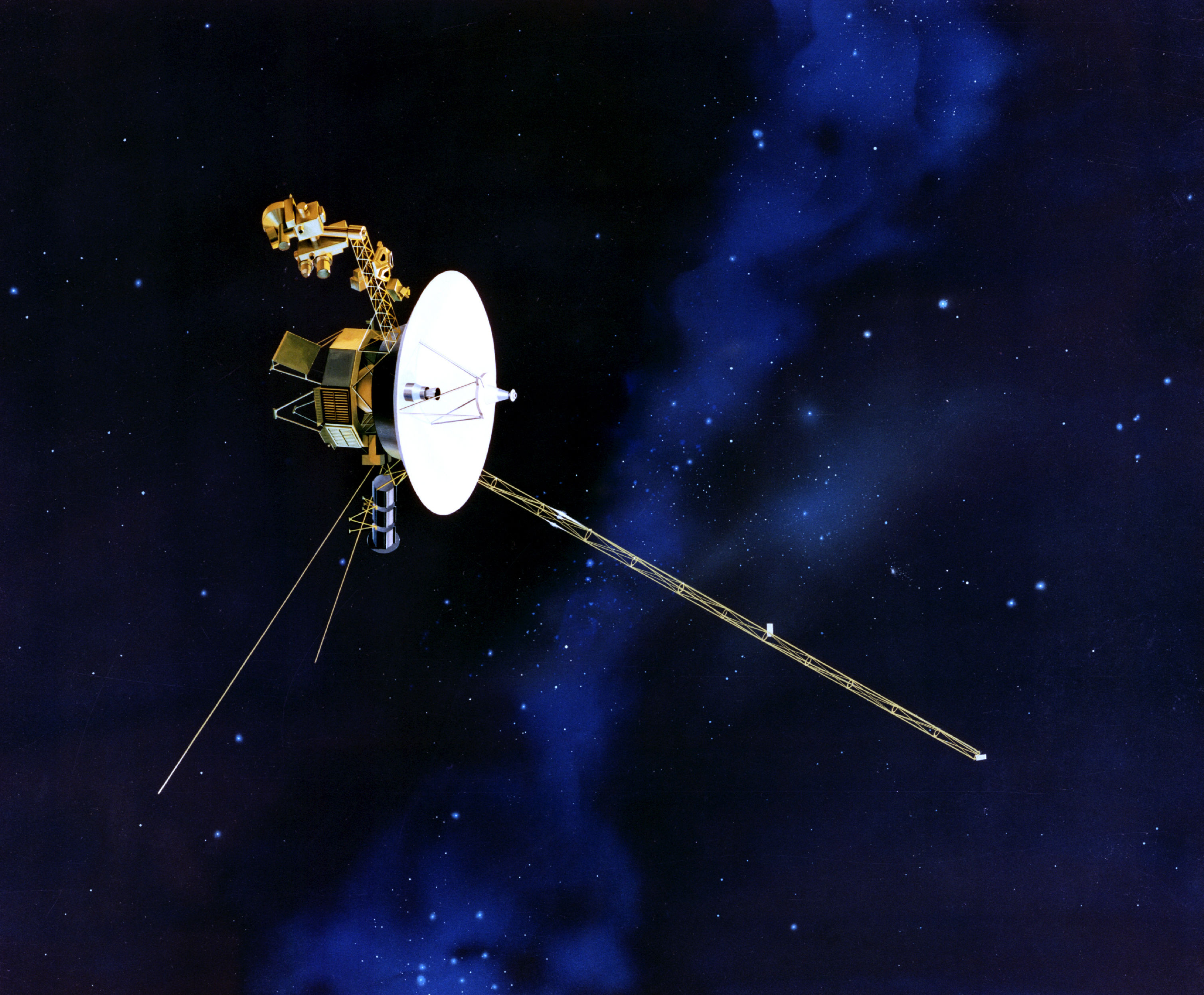
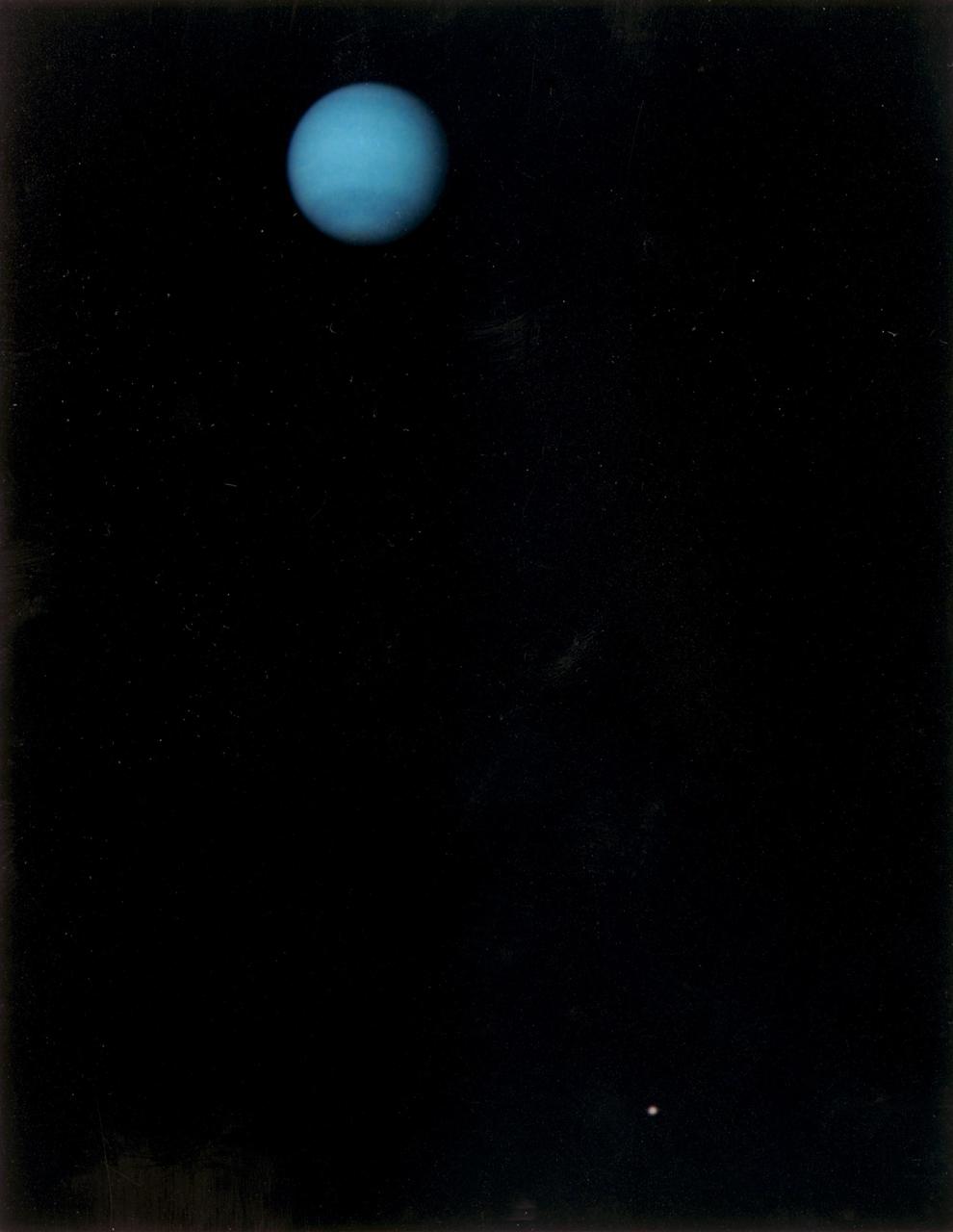
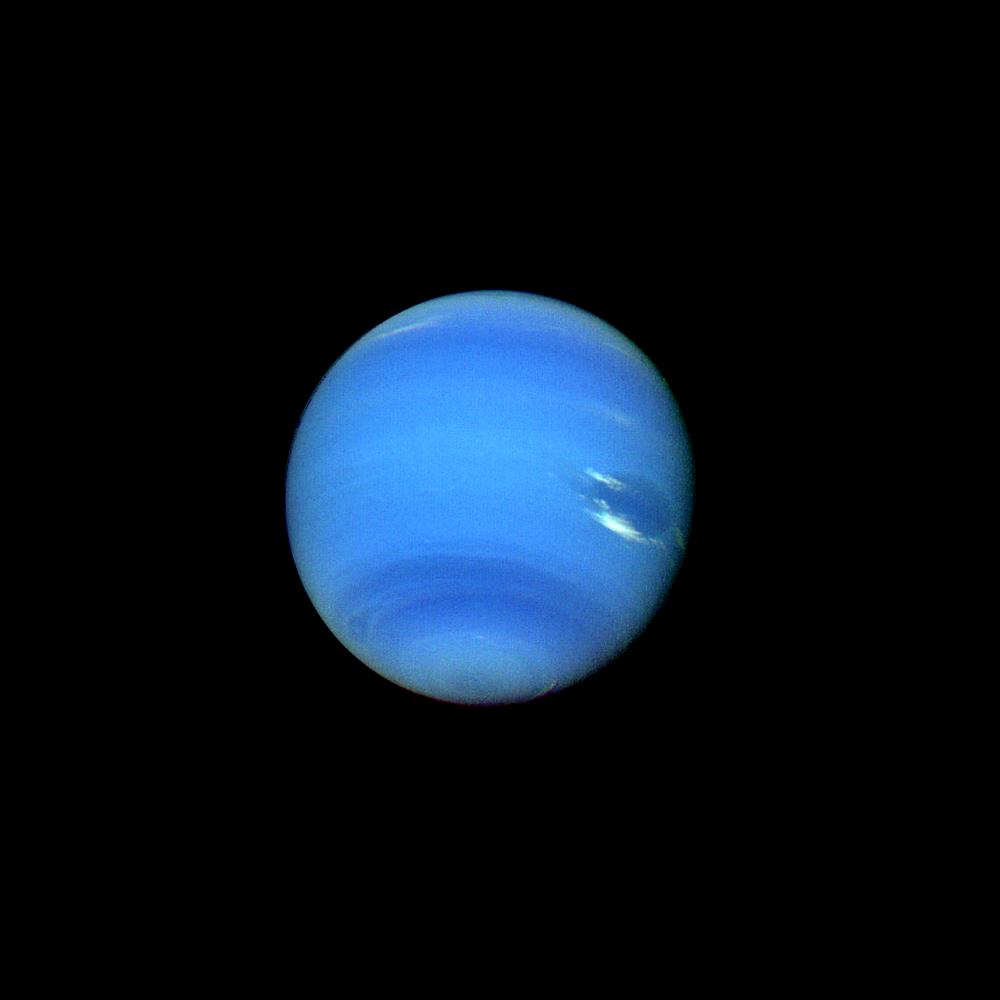
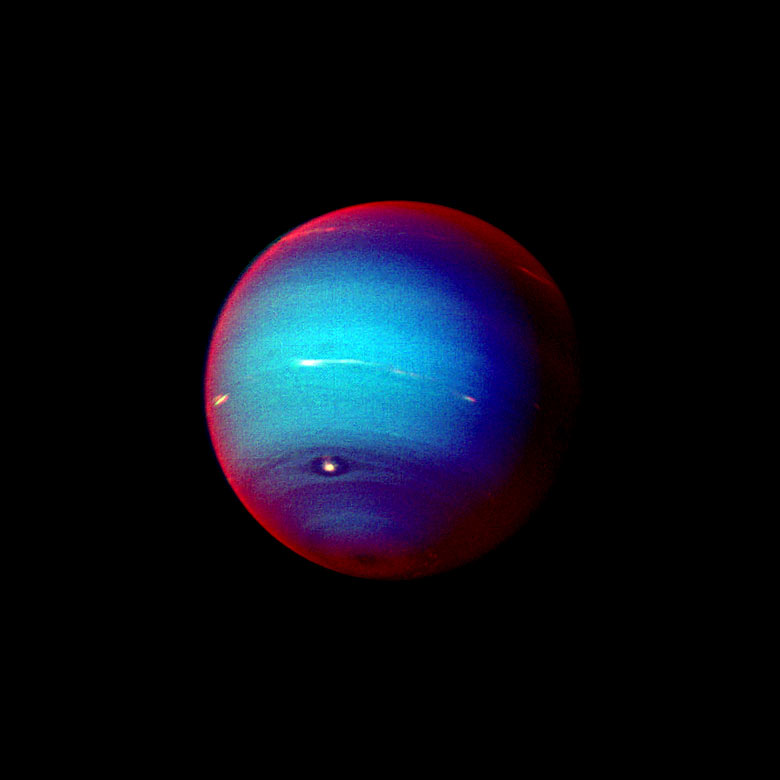
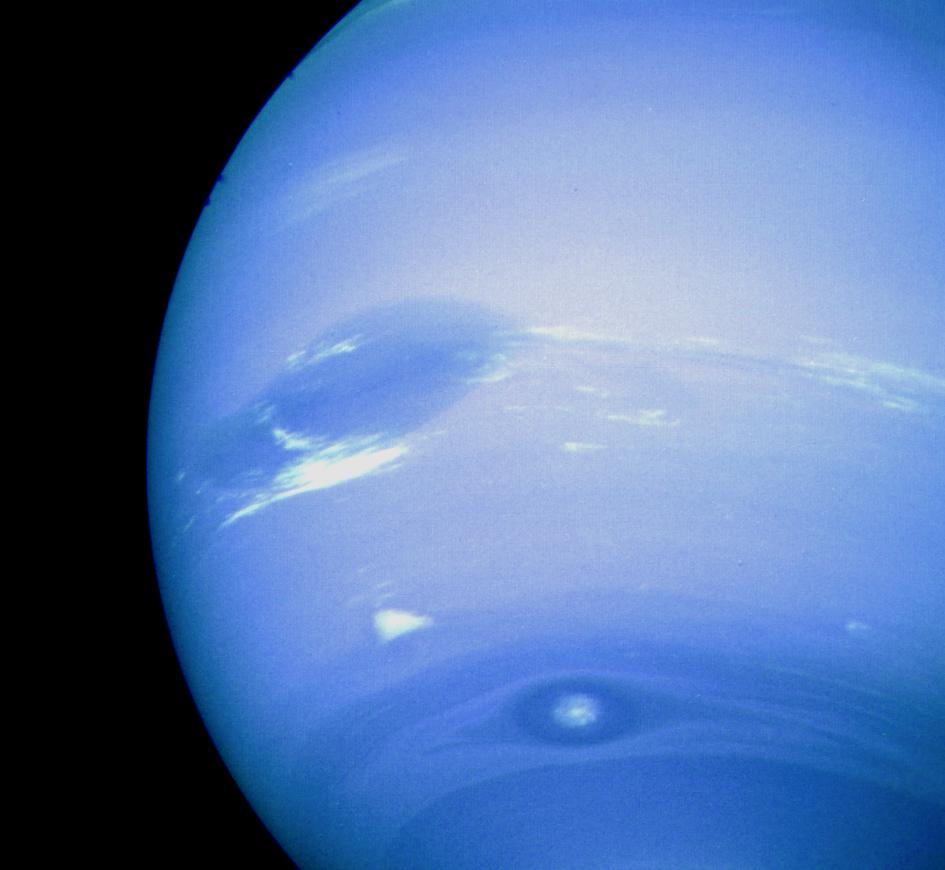
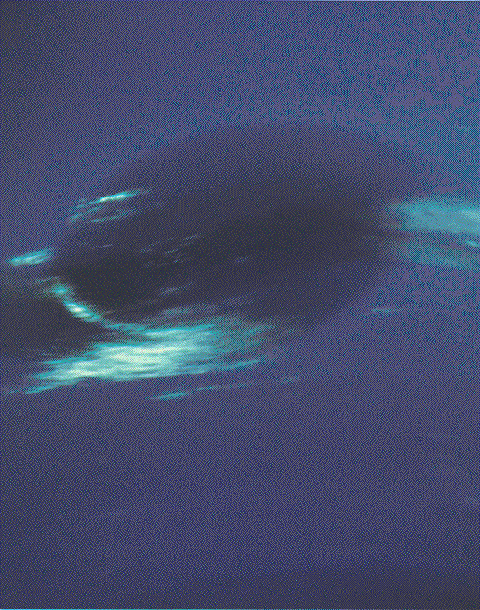
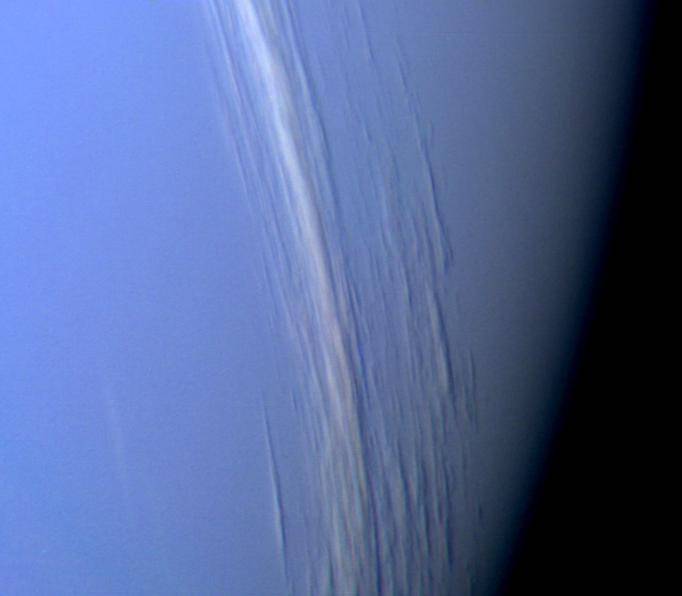
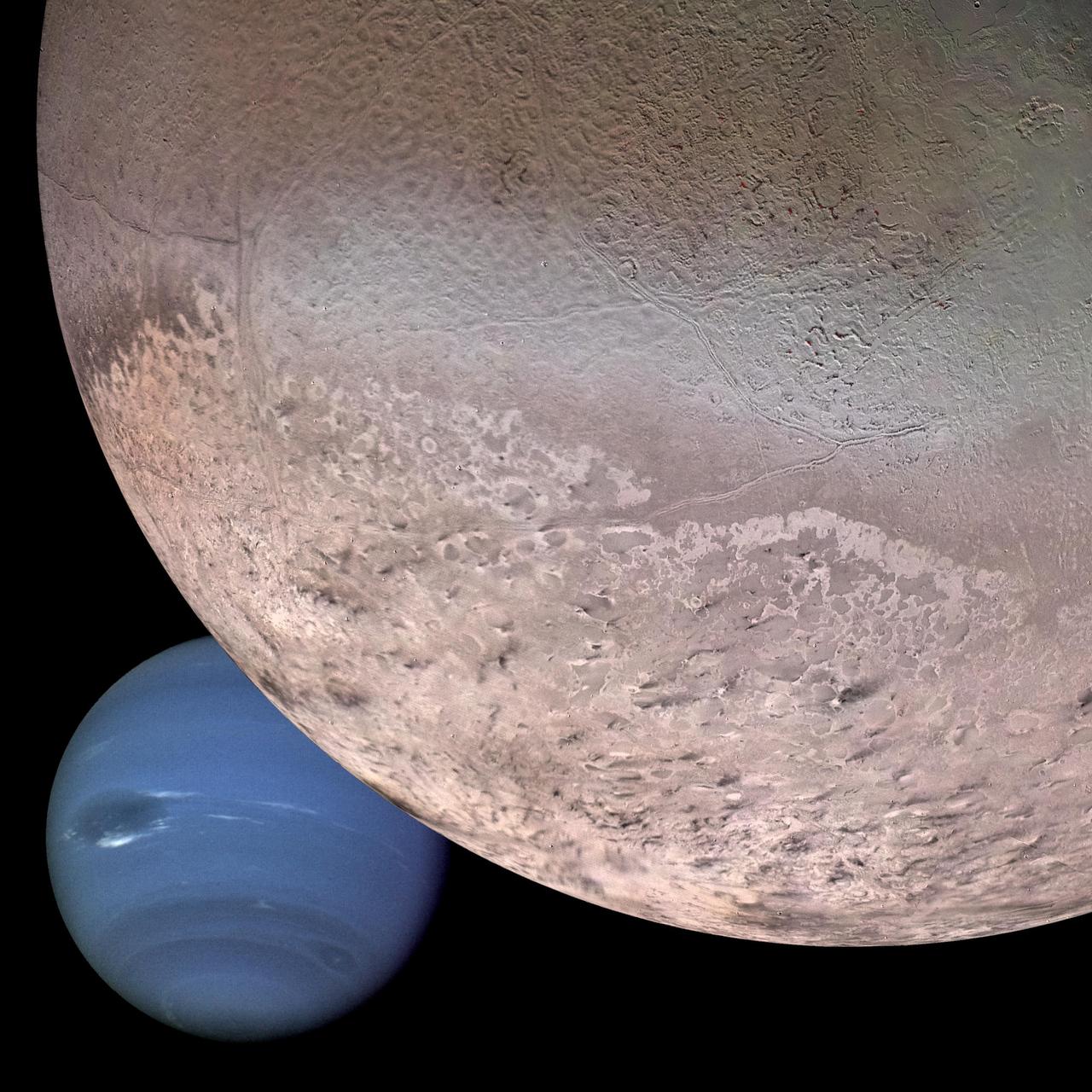
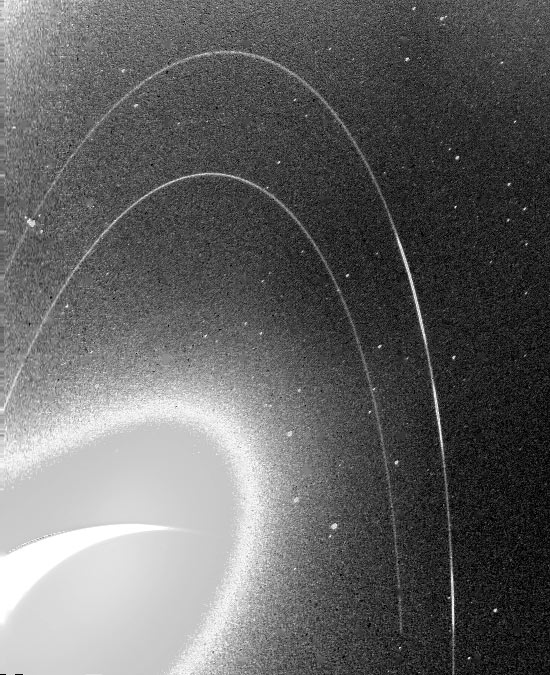
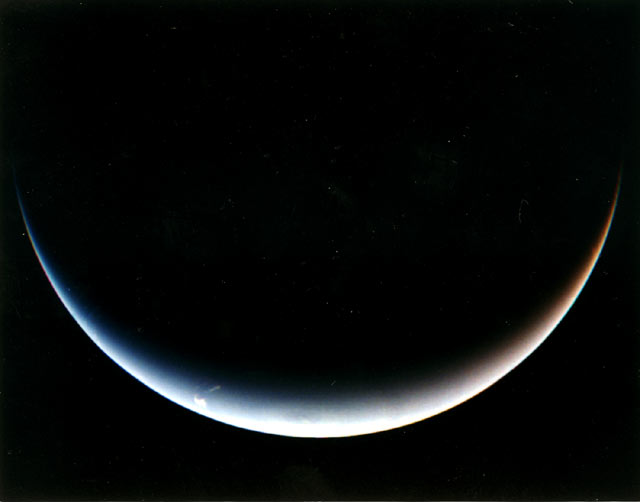
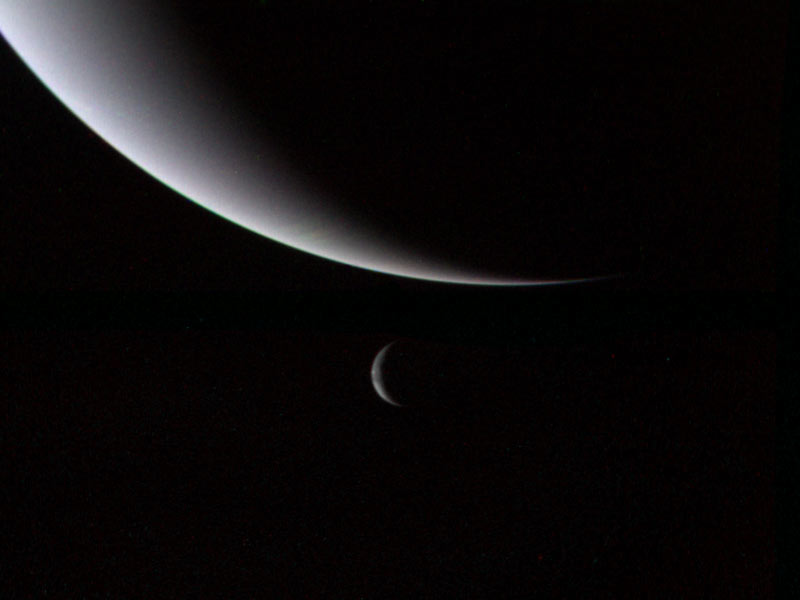
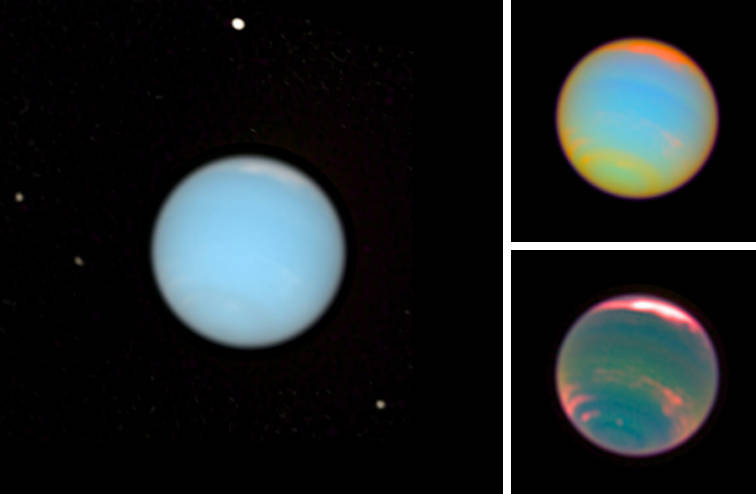
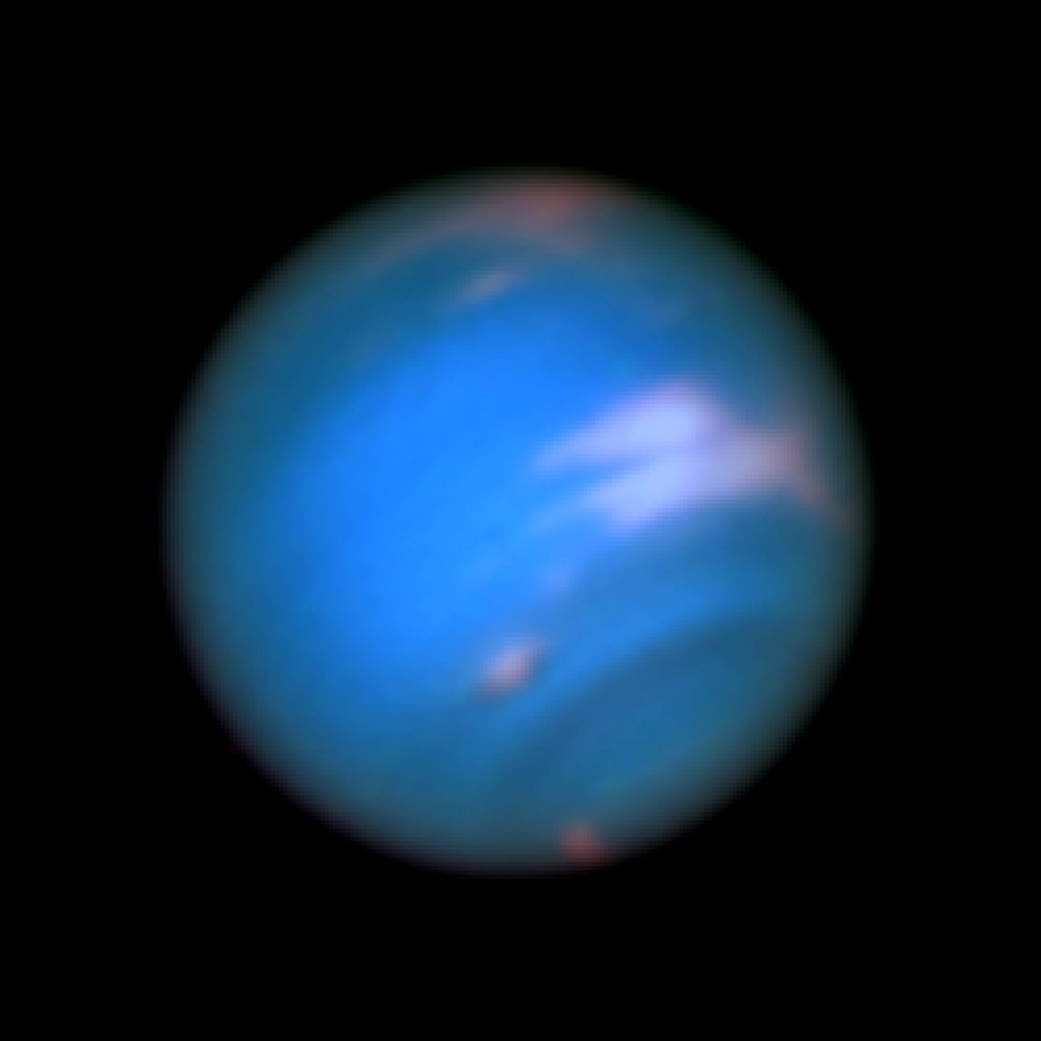
Pioneer And Voyager Probe Paths
Deep Space Probe
Neptune And Triton
Neptune From Voyager II
Neptune
Neptune from NASA's Voyager 2
Neptune's Great Dark Spot
Fluffy White Clouds
Composite Image
Neptunes Rings
Silhouette
Looking Back From Voyager
Changing Faces
View From Earth
















